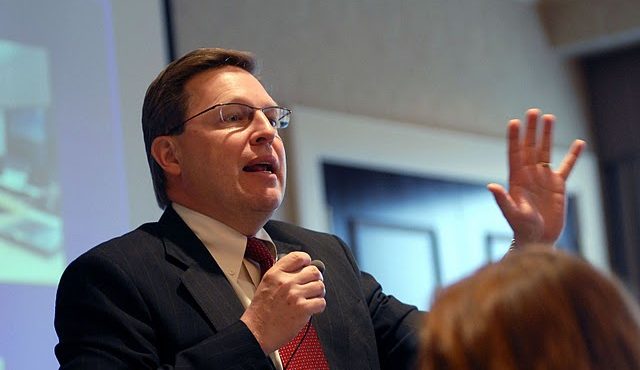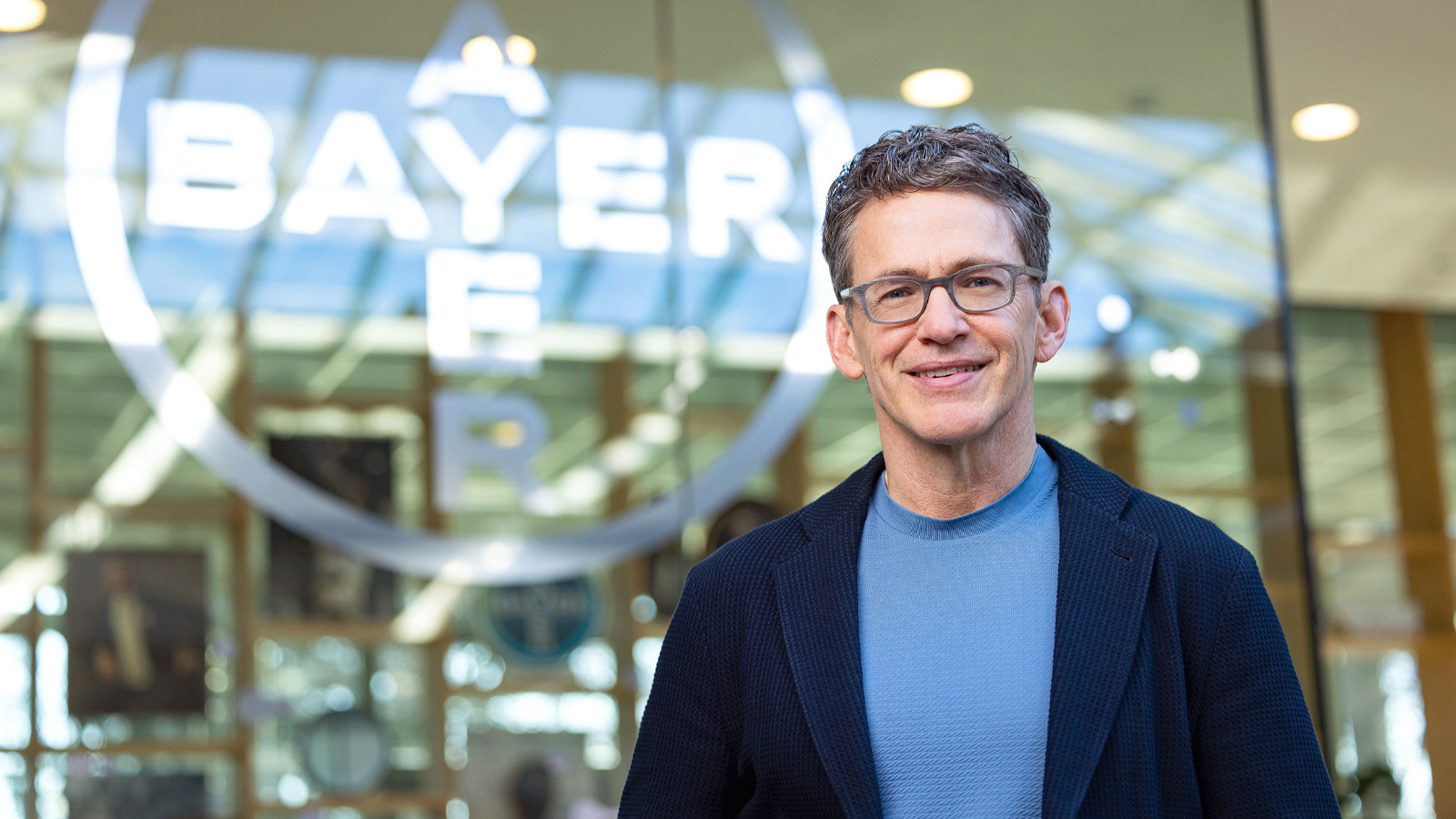Geen producten in je winkelwagen.
Dave Clark, founder of a leading manufacturer of industrial blinds and awnings, had always sold through a dedicated network of distribution representatives. However, his son, who had recently joined the firm, was hearing from some of their best customers that they would prefer to buy direct. Not only did the customers hope to save money, but many felt they were more knowledgeable about what they wanted than Clark’s manufacturing representatives.
Channel conflict! More and more business leaders are facing similarly difficult decisions about sales and marketing channels like Clark, whose name I changed because he didn’t want to risk upsetting his distributors. If he doesn’t provide a direct channel for customers that want it, they’ll find someone who will. And if he does open a direct channel, he risks losing the active support of his best representatives. So what should he do?
Easier Decision Today
A decade ago, this was a tough decision. Today the answer is fairly straight forward. Clark has no choice but to open up a direct channel. Bob Bloom, retired US CEO of Publicis Worldwide and author of The New Experts, points out that today’s customer has three lethal weapons: Instant access to information, immense choice, and the capability to make real-time price comparisons. Result: Customers are calling the shots in today’s marketplace. They want products and services available when and where it’s convenient for them.
This is precisely why Apple launched retail stores (their Grand Central Station store in New York is opening as I write this column). Dell, famous for its direct-selling business model, is now distributing through outlets like Walmart; and I just saw Amazon Kindles for sale in the Dublin and Rome airports. Companies really have no choice but to be everywhere their customers demand them to be.
More Revenue and Profit
The great news is that research by backs up a multi-channel strategy. According to McKinsey article on multi-channel retailing, consumers who shop across a number of channels—physical stores, the Internet, and catalogs—spend about four times more annually than those who shop in just one. Companies that get multichannel retailing right can enjoy larger profit margins and yearly revenue growth more than 100 basis points higher than companies that don’t.
For my own executive education company, this meant marketing our recent Summit through LinkedIn, which proved to be an effective way to publicize the event to many in our target market. In turn, we received zero response from some of our Facebook efforts, telling us that LinkedIn is a necessary and viable channel to maintain moving forward, while Facebook is not.
Changing the Channel
One of the more helpful resources for growth firms, in thinking through various channel strategies, is Changing the Channel: 12 Easy Ways to Make Millions for Your Business by Michael Masterson and MaryEllen Tribby. Leaders of a successful mid-market firm, they have the know-how to guide you through a dozen different channel strategies. These include direct online marketing, social media, public relations, radio and television advertising, direct space ads, event marketing, telesales, telemarketing, joint ventures, affiliate marketing, and direct mail.
As they note in their book, a recent study by the Direct Marketing Association found that customers who buy from two channels vs. one eventually become 20 to 60 percent more valuable to a company, while those who purchase through three channels are 60-125 percent more valuable. A side benefit is that these purchasers tend to buy a wider range of products.
Another valuable resource is the book The Channel Advantage by Lawrence Friedman and Tim Furey. Written just as the internet began to catch on as a new distribution channel, Friedman and Furey give helpful insights from the many larger firms they’ve helped move into multiple channels.
Two Channels
So what did Clark end up doing? He let his son establish a second company with a name unrelated to his main firm. And by providing a slightly different mix of products and more importantly, different part numbers, he opened up a direct channel to the marketplace without overtly competing directly with his manufacturing rep distribution channel.
In its first year, the direct business proved to be the duo’s fastest growing channel, adding millions of dollars of revenue. It more than made up for slower growth through their marketing reps.
“In the end, if you don’t give the customer what they want, where they want it, they’ll go someplace else,” concluded Clark.









